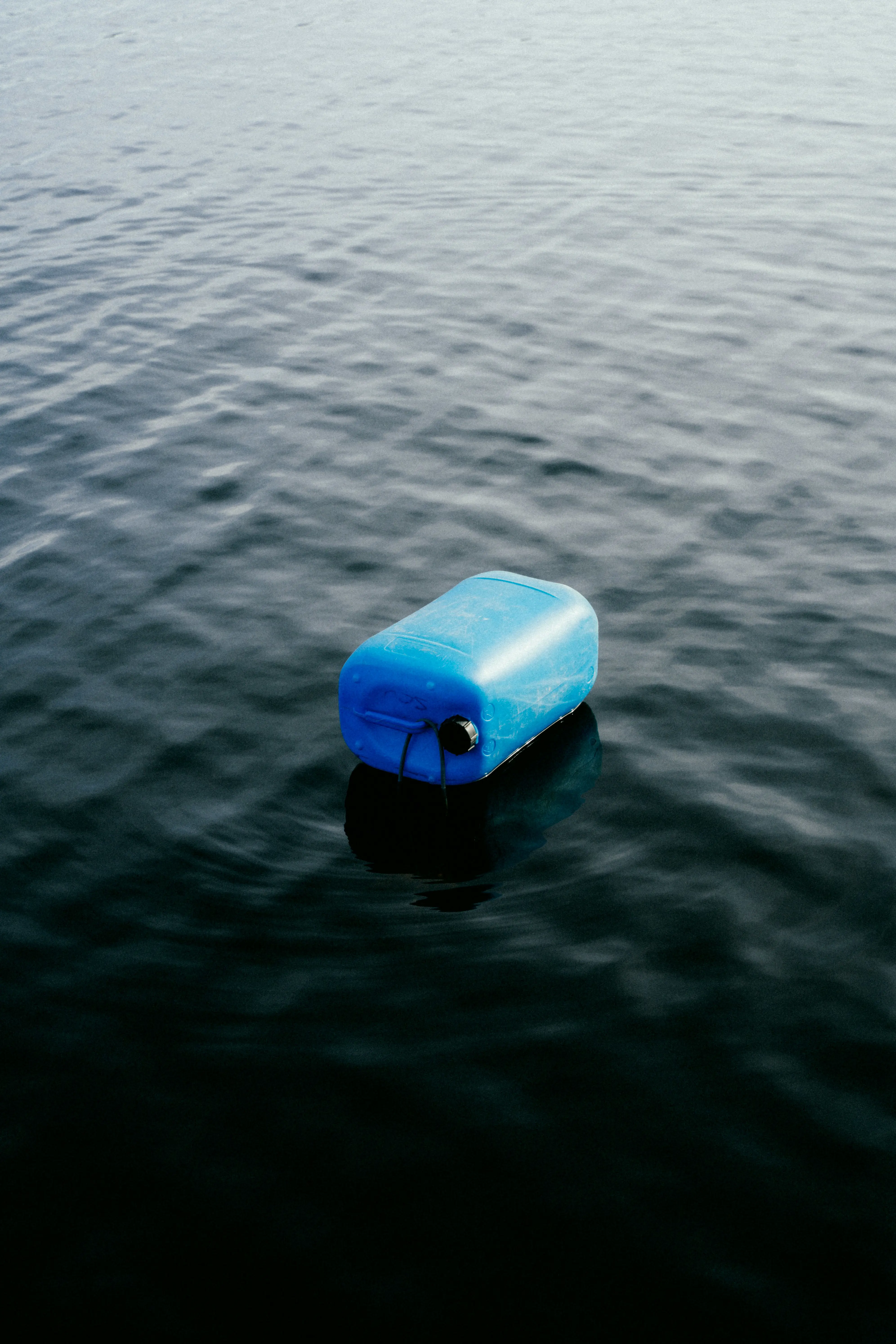A Tremendous Amount of Plastic Floats as Nanoparticles in the Ocean

We’ve long known that plastic pollution clogs our oceans, but new research suggests the problem is far smaller, and far more widespread, than we can easily see.
A study led by Utrecht University master’s student Sophie ten Hietbrink has uncovered astonishing quantities of plastic nanoparticles drifting in the northeast Atlantic Ocean. These particles are so small, less than one micrometer, they slip through the cracks of most traditional filters and detection methods.
Ten Hietbrink spent four weeks aboard the RV Pelagia, a Dutch research vessel, traveling from the Azores to the European continental shelf. At twelve points along the way, she collected seawater and meticulously filtered out anything larger than a micron. What remained was a swirling, near-invisible cloud of plastic fragments, invisible to the naked eye but potentially devastating to marine life.
Unlike microplastics, which are already known to pose risks to marine organisms, nanoplastics are even more insidious. Their tiny size means they can cross biological barriers, enter tissues, and disrupt cellular processes, not only in marine life, but potentially throughout the food web.
“What’s really worrying is just how much of it there is,” ten Hietbrink said in the study's announcement. “It’s not just scattered particles, it’s a haze, present across vast stretches of ocean.”
The research highlights a major blind spot in how we track and understand ocean plastic. Most studies rely on sampling visible plastics or microplastics, but these results show that a massive underestimation could be hiding beneath the surface, literally.
And while the full biological impact of nanoplastics is still being explored, early research suggests they could impair reproduction, cause inflammation, and even affect behavior in marine animals.
This study is one of the first of its kind to document such a broad-scale presence of nanoplastics in open ocean waters. It adds urgency to global efforts to curb plastic waste before it shatters down into pieces too small to trace, but too dangerous to ignore.